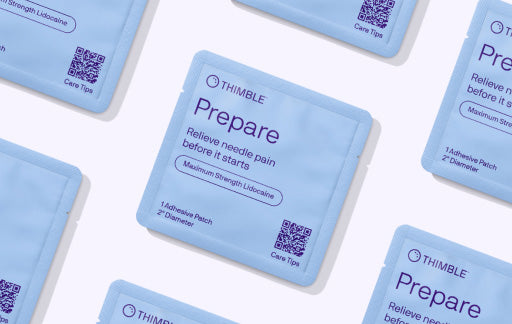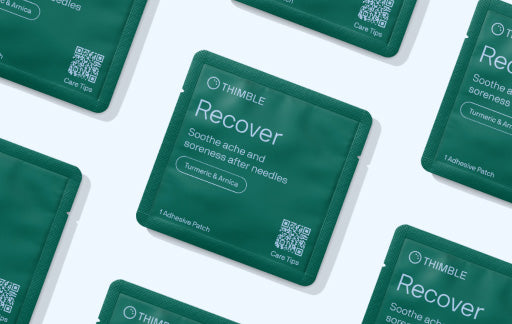At Thimble, while developing solutions to help with needle pain and fear, we’ve had the privilege of speaking with hundreds of patients about their ideas for making procedures calmer and more comfortable. Recently, we took those conversations “in the wild,” chatting with people across the spectrum—from those completely at ease to those who are seriously afraid of needles. Here are the top ideas they shared with us:
1. Up-front information
Many patients told us they feel calmer when they know what to expect. A little clarity goes a long way: letting patients know in advance if a procedure will involve needles helps them mentally prepare and reduces the surprise factor that often heightens anxiety.
2. Rapport with the care team
Over and over, patients emphasized the importance of a kind and capable care team. Confidence matters, but so does connection. Those providers who take the time to chat or speak warmly during the procedure make a world of difference. Even small gestures of empathy can transform a stressful moment into a manageable one.

3. Breathing exercises
Simple breathing techniques were a game-changer for many patients. Slow, controlled breathing—especially focusing on long exhales during the procedure—helped reduce tension. For those unsure how to start, a little coaching from the care team got them in the right frame of mind.
4. Controlling line of sight
Preferences around seeing the needle varied widely, but one thing was clear: patients want control. Whether it’s being able to look away or choosing to watch the process unfold, having a say in what they see helped many feel more at ease.

5. Finding a comfortable position
Comfort isn’t just about physical ease; it’s about reducing vulnerability. Patients highlighted the importance of being in a position that feels secure—whether holding a loved one’s hand, lying down to avoid fainting, or simply sitting in a stable, supported way.
6. Distractions for mind and body
Distraction techniques came up often, and they weren’t one-size-fits-all. Calming videos were a popular choice, but patients were clear they wanted content specifically designed to ease tension. Physical distractions—like engaging other parts of the body—were also effective in shifting focus away from the needle.
7. Snacks and hydration
This tip wasn’t just for blood donors! Across a range of procedures, patients noted that staying hydrated and having a light snack beforehand helped them feel steadier and more prepared, both physically and emotionally.
Each of these ideas carries a small but powerful insight: with a little thoughtfulness and preparation, needle procedures can feel a lot less daunting. We’re grateful to all the patients who shared their experiences and hope these tips will help others feel a bit more comfortable next time they’re faced with a needle.


